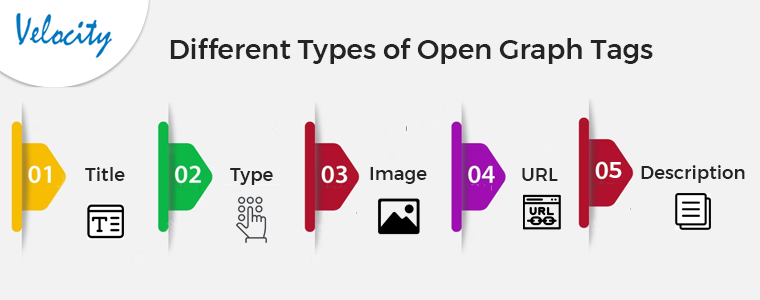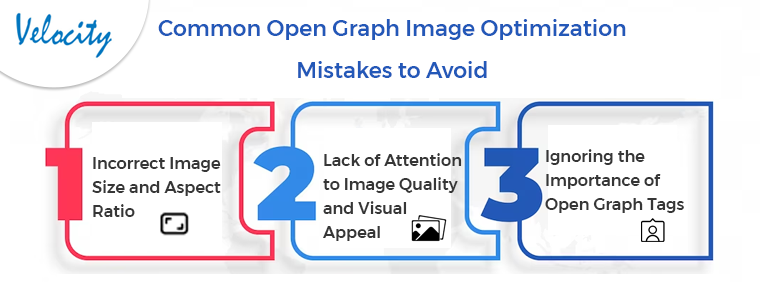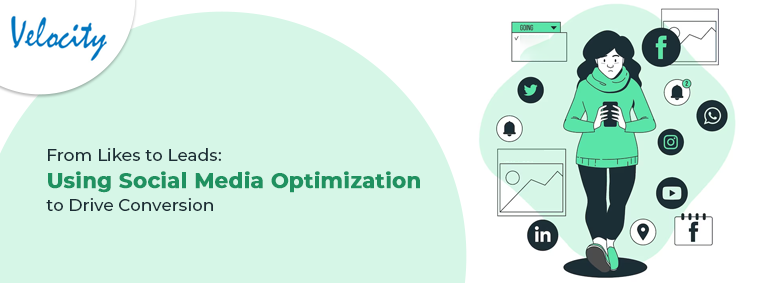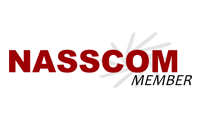In today’s digital age, social media has become essential for promoting your blog and reaching a wider audience. With so many people using social media platforms, making sure your blog is optimized for social sharing is crucial. One of the critical elements in this optimization process is the use of Open Graph tags, which can significantly enhance how your blog images appear on social media.
This article will explore the importance of optimizing images for social media sharing, what Open Graph tags are, and how to use them to get the most out of your blog’s social image sharing.
What are Open Graph Tags?
Open Graph tags are meta tags that are added to the HTML code of a website to provide information about a web page to social media platforms. They were developed by Facebook and are now supported by many other social media platforms, including Twitter, LinkedIn, and Pinterest.
Open Graph tags help social media platforms display rich media content, such as images and videos, when a web page is shared on their platform. By using Open Graph tags, you can control how your images appear on social media and ensure they are displayed in the best possible way.
Different Types of Open Graph Tags
There are several different Open Graph tags that you can use to optimize your blog’s images for social sharing. The most important ones include the following:
Title: This tag is used to specify the title of your web page.
Type: This tag is used to specify the type of content on your web page. For example, a blog post would have a kind of “article.”
Image: This tag is used to specify the image that should be displayed when your web page is shared on social media.
URL: This tag is used to specify the URL of your web page.
Description: This tag is used to specify a short description of your web page.
These tags provide social media platforms with important information about your web page, allowing them to display the most relevant content when it is shared.
How to Implement Open Graph Tags in Your Blog?
Implementing Open Graph tags in your blog is relatively straightforward. All you need to do is add the relevant meta tags to the head section of your blog’s HTML code. It’s essential to make sure you use the correct syntax when adding Open Graph tags to your blog. You can find more information on the proper syntax for each tag on the Open Graph website.
Best Practices for Open Graph Image Optimization
To get the most out of your blog’s social image sharing, it’s essential to follow some best practices for Open Graph image optimization. These include:
Choose the Right Image Size and Aspect Ratio
The ideal image size for Open Graph images is 1200 x 630 pixels. This size is recommended by Facebook and is the size that will display the best on most social media platforms. It’s also essential to choose an aspect ratio close to the image’s aspect ratio, as this will prevent the image from being stretched or distorted when it’s displayed on social media.
Choose the Right Image
The image you choose for your Open Graph tag should be visually appealing and represent your web page well. It should be relevant to the content of your web page and be high-quality. Avoid using too small or low-quality images, as this will negatively impact how your web page is perceived on social media.
Create Visually Appealing Images
When creating images for your Open Graph tag, it’s essential to ensure they are visually appealing and eye-catching. Consider using graphics, text, and other design elements to create an image that stands out on social media.
Common Open Graph Image Optimization Mistakes to Avoid
When optimizing your blog’s images for social media sharing, it’s essential to avoid common mistakes that can negatively impact how your images are displayed. These include:
Incorrect Image Size and Aspect Ratio
Making sure your images are the correct size and aspect ratio is crucial for optimal display on social media. If your images are too small or the aspect ratio needs to be corrected, they may be stretched or distorted when displayed on social media.
Lack of Attention to Image Quality and Visual Appeal
Using low-quality or unappealing images can negatively impact your web page’s perception on social media. Using high-quality, visually appealing photos is essential to ensure your web page is presented in the best possible light.
Ignoring the Importance of Open Graph Tags
Open Graph tags are crucial in optimizing your blog’s images for social media sharing. Ignoring the importance of these tags can result in your images not being displayed in the best possible way on social media.
Conclusion
Optimizing your blog’s images for social media sharing with Open Graph tags is essential to promoting your blog and reaching a wider audience. By following the best practices for Open Graph image optimization, using Open Graph debugger tools, and avoiding common mistakes, you can ensure your blog’s images are displayed in the best possible way on social media.










